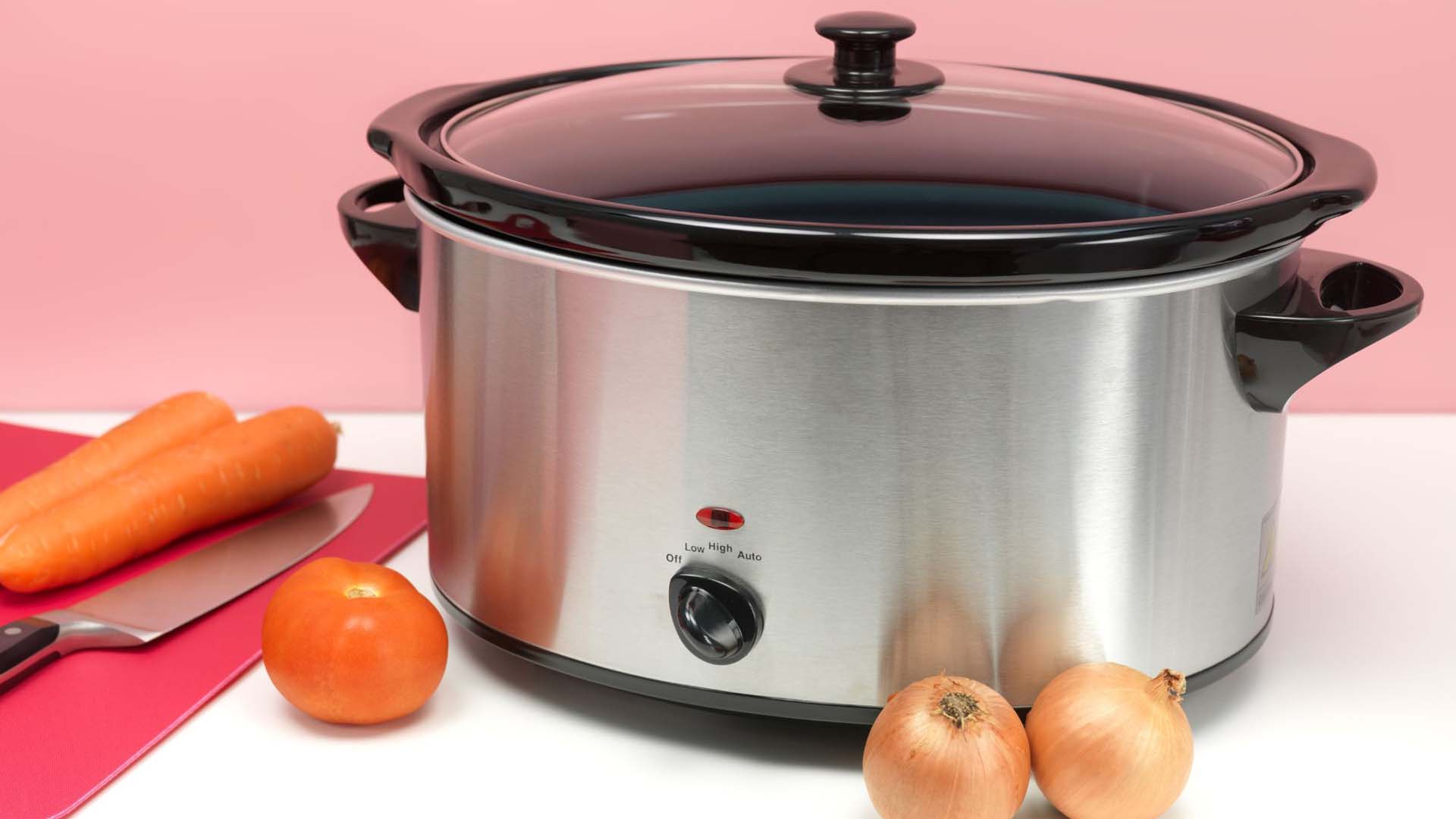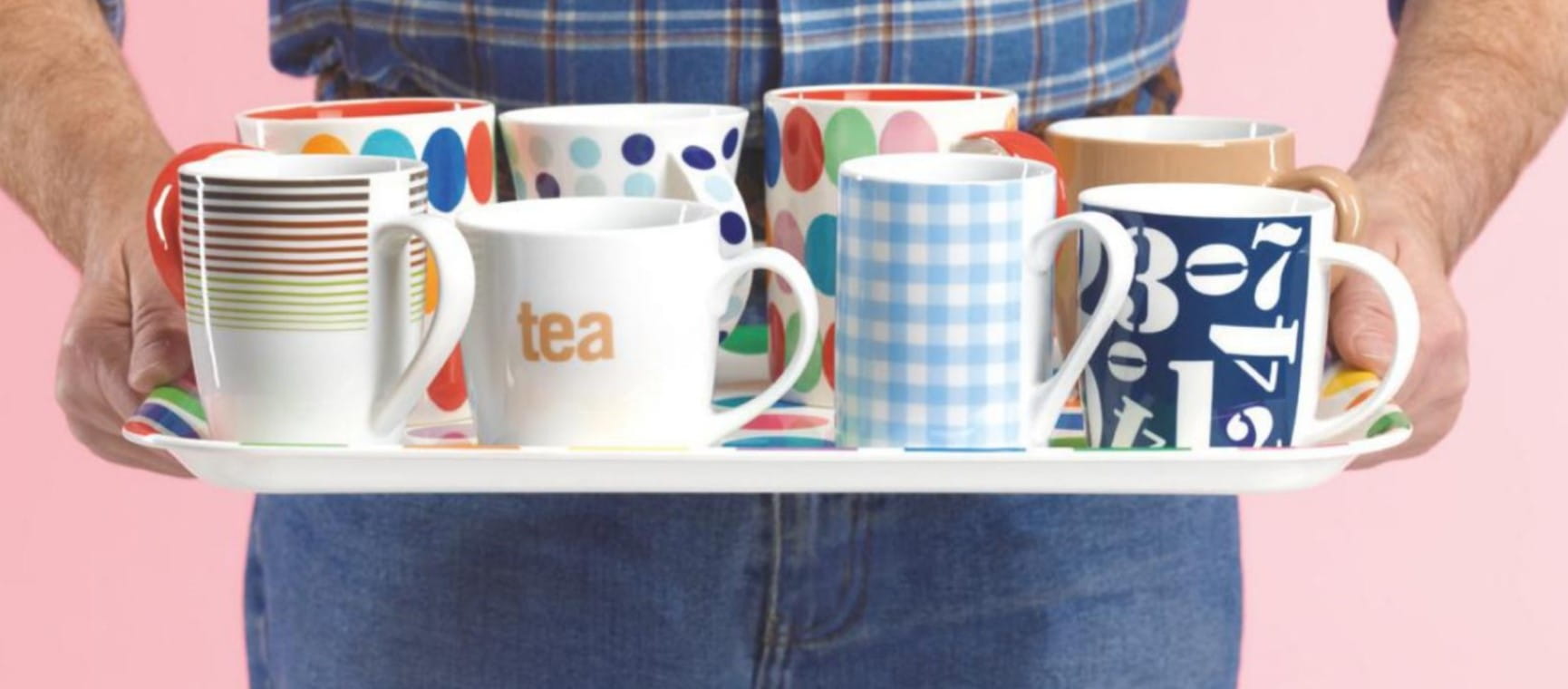
Like most Saga customers, chemistry professor Michelle Francl starts her day with a "quick aqueous extraction of secondary plant metabolites".
That’s tea for the non-chemists among us.
Our survey of 2,869 customers reveals that 81% drink a morning cup, and most just keep on going: around half (46%) drink three or four cups a day and 29% drink five or more.
But how most of you brew those cups would leave our grandmothers aghast. A startling 68% use the teabag-in-mug method. Only 23% use a teapot, and a tiny 9% use loose tea.
Older customers score higher on the etiquette scale: 31% of over-80s use a pot; 14% use tea leaves.
Does using a teapot make a better cup? Not necessarily, says Prof Francl, who spent months in her lab in Pennsylvania testing tea (and drinking 483 cups) for her book Steeped: The Chemistry of Tea, published by the Royal Society of Chemistry.
Despite George Orwell’s 1946 essay A Nice Cup of Tea with his 11 ‘rules’ (eg boiling water, warmed ceramic pot, milk last, no sugar), she concluded there was no one perfect way to make a cup of tea.
"There are almost 2,000 chemicals in tea – it’s a wildly rich molecular mix. Everything you do changes the chemistry.
"You can tweak the way you make your cup to get what you want."
For example, hoicking out the teabag almost immediately will cut caffeine levels (most of the caffeine is released in 30-60 seconds), while leaving the bag in for longer will result in more health-giving antioxidants. If you swirl the bag (or teapot) around and squeeze the bag, you’ll get even more.
However, most of us would draw the line at leaving it the required 45 minutes to maximise stress-reducing L-theanine. (If you’re tempted, the bitterness can be solved, says Prof Francl, with – horrors – a tiny bit of salt.)
Dr Tim Bond, of the Tea Advisory Panel, leaves his bag in for five minutes and drinks several cups a day.
"Tea has so many health-promoting properties, including cutting Type 2 diabetes risk by a third and heart disease by 20%, at around three to four cups a day. So, hearing that your customers drink so much and that 44% of them like strong tea puts them in a very good position."
Like many tea aficionados, Prof Francl uses loose tea, because the more contact the leaves have with water, the better the flavour. If you are using a bag, she recommends jiggling it up and down a bit to create more contact.
"Agitation releases more of the subtle flavours – that’s one of the main points I learned from my research," she says.
"The other is that warming your mug or pot is a good idea. When I wired everything up with sensors and poured boiling water into a cold mug, I found it was below the ideal brewing temperature."
One thing all agree on is that using absolutely boiling water is key (for a black tea, the kind most of us drink).
"If you use water too far off the boil it tastes kind of flat," says Prof Francl. "I think it’s because you’re getting out less of the bitter alkaloids so you can taste the minerals in the water."
Milk first or last? Most Saga customers are Team Milk Last (56%), with only 29% adding it first. It doesn’t hugely matter, say both experts – except when you’re using the teabag-in-cup method, when putting in milk first will cool the water and hinder the brewing.
There's a clear winner among the Saga audience.
Two thirds (65%) admit they are quite particular about how their tea is made, and 74% would consider sending back a ‘bad’ cup.
Prof Francl admits she has given up ordering tea in the US, where it’s often made by putting a teabag in cold water into the microwave. "Sacrilegious!" she says.
"It’s always a delight to travel to the UK where you can get a good tea almost anywhere."
Over a career spanning 30 years and counting, Rachel Carlyle has written features on news, health, family, education - and everything in between - for national newspapers and magazines. She’s Saga Magazine’s contributing editor and has also ghostwritten two bestselling health and lifestyle books for Penguin.
View author page
For over four decades, Saga Magazine has been bringing you inspiring stories, trusted advice, and articles that matter. Now you can enjoy every issue delivered to your door at our lowest-ever price.
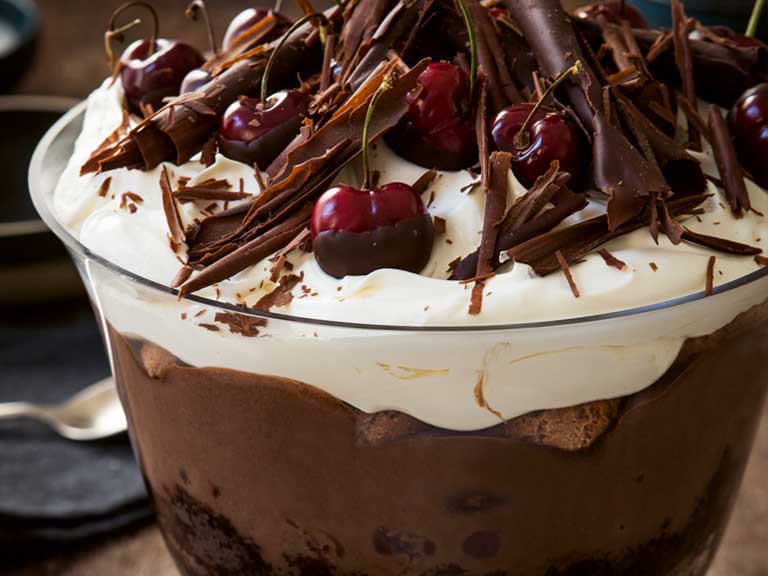



As summer approaches, our expert says it’s time to reappraise rosé and seek out more robust styles.
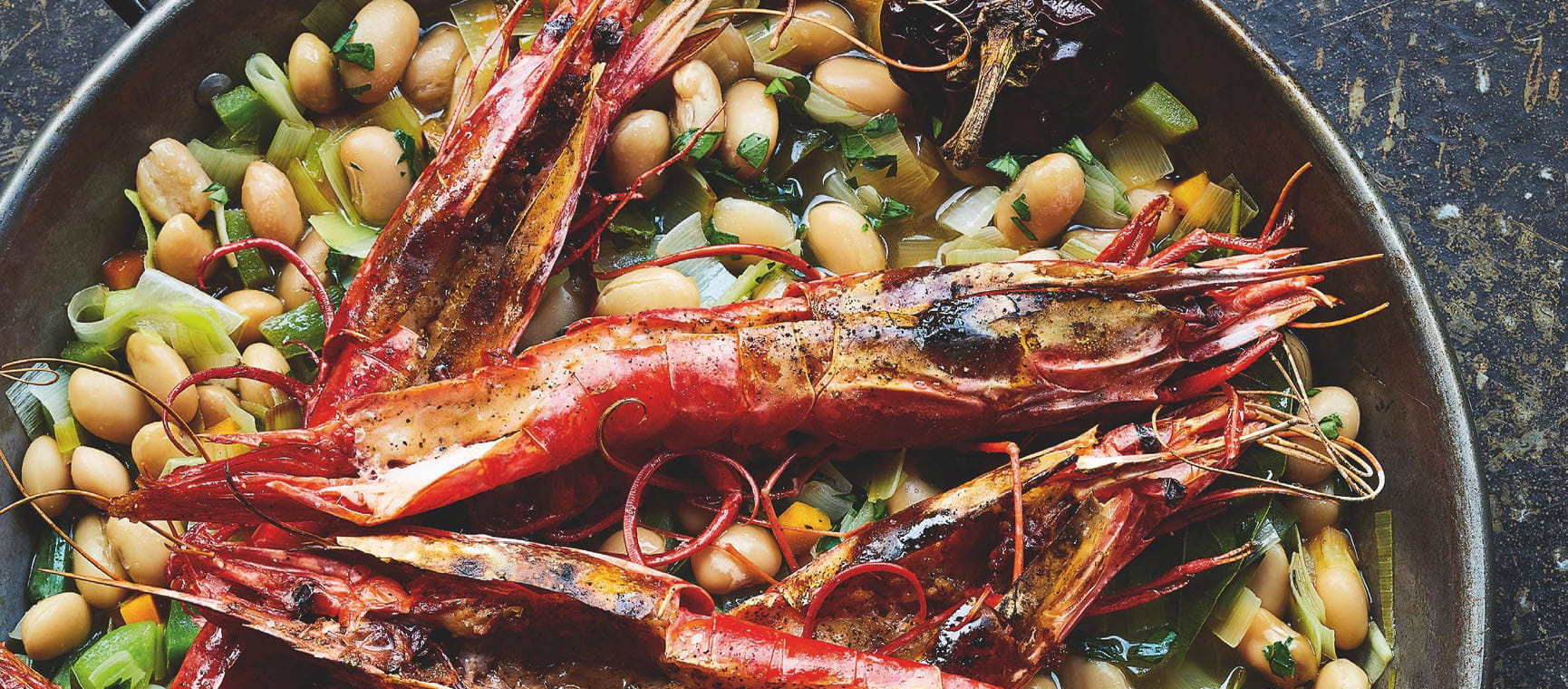
Celebrity chef James Martin shares his recipes for Valencian Beans and Prawns and Creme Caramel with Spiced Seville Oranges.
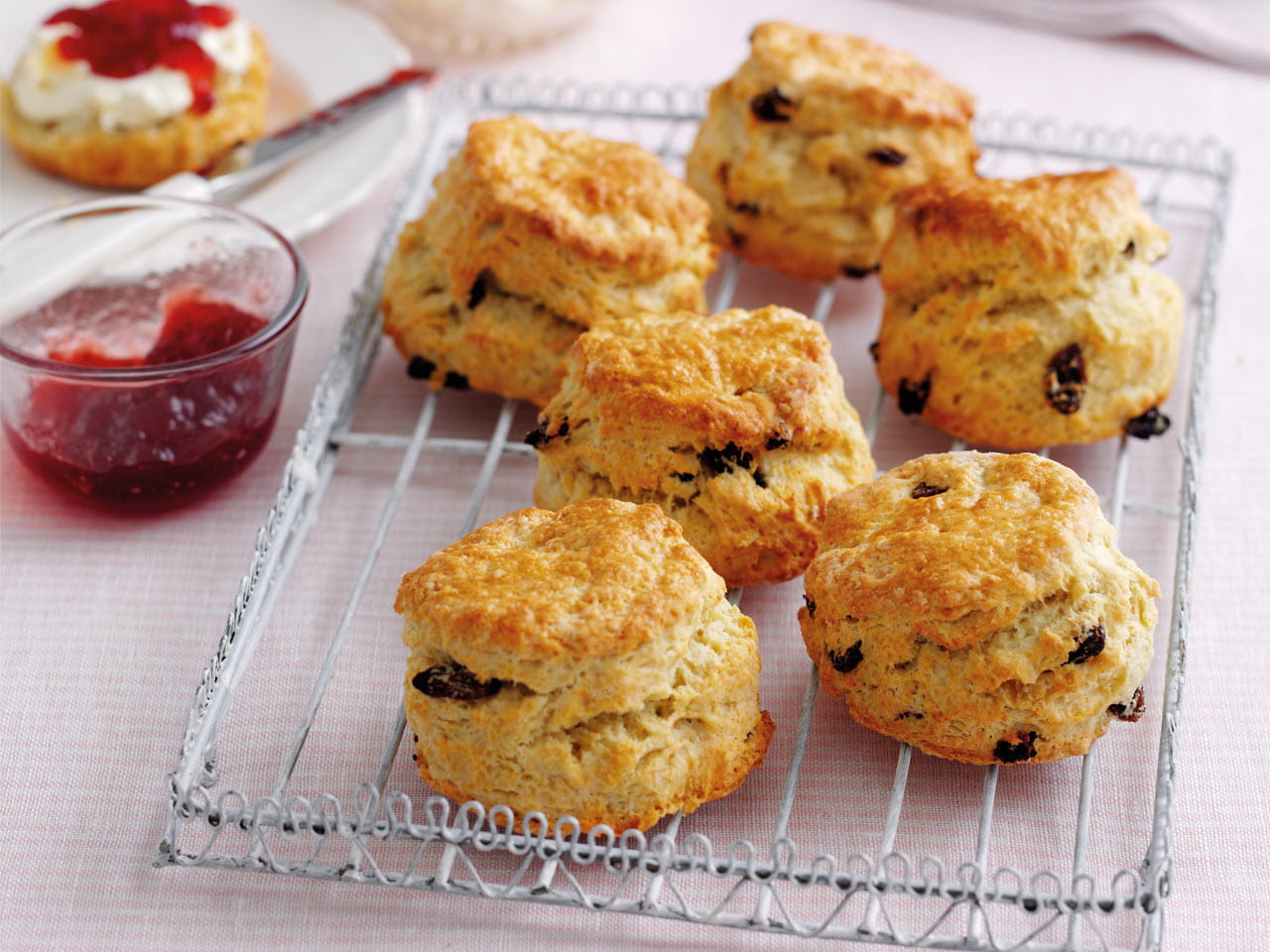
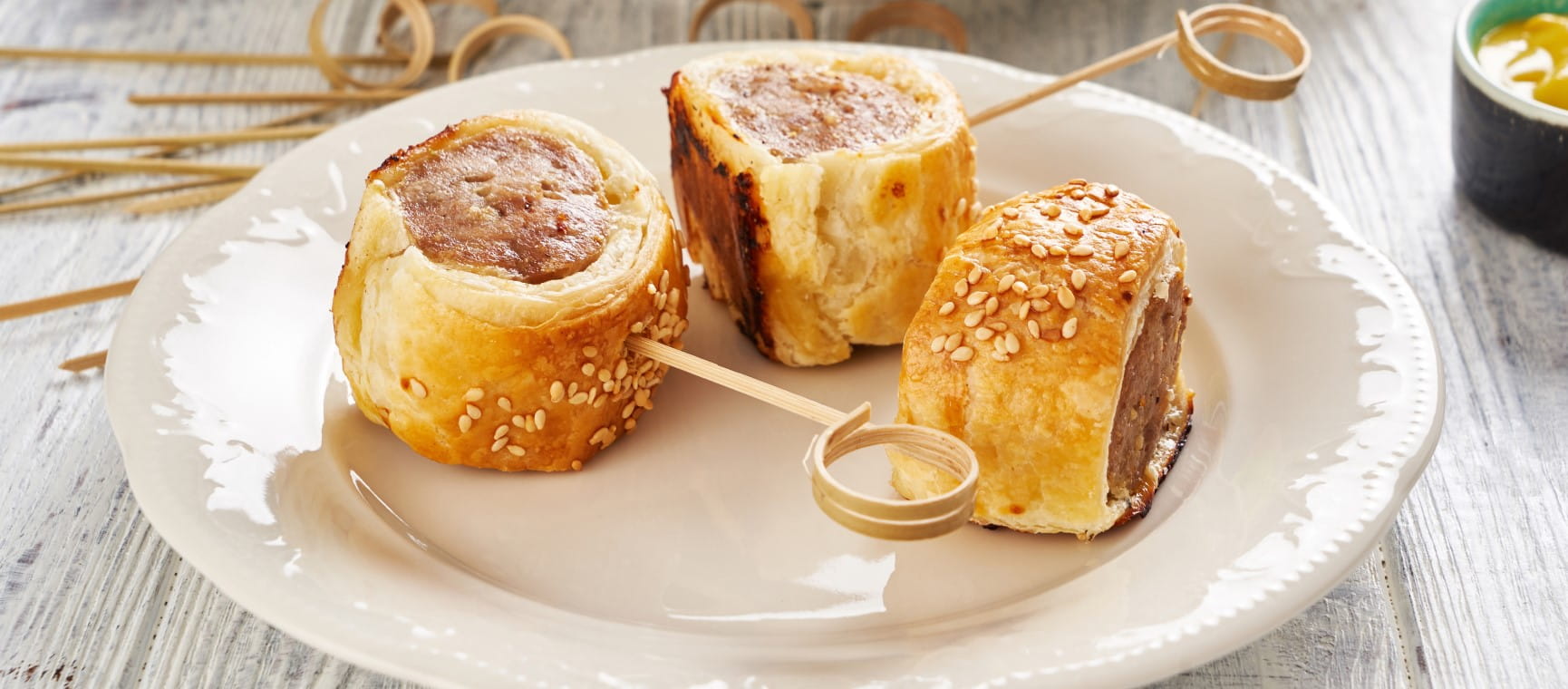
From parties to picnics, mini sausage rolls are the perfect snack. But which ones are our experts’ favourites?

Both sit nicely atop your kitchen counter, but is one better than the other?
